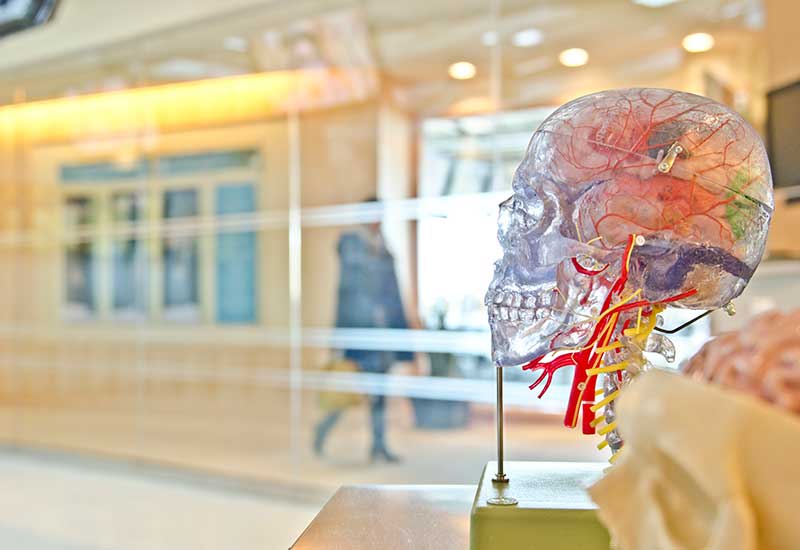
The Neuroscience of Engagement – Part 2
In Part 2 of a two-part series, Ari Kopoulos looks at how neuroscience can be used to gain greater insight into employee engagement.
In Part 1, we looked at the role neurochemical pathways play in reinforcing how we feel and respond to everyday situations. It’s a game of threat and reward, with dopamine and serotonin playing chemical currency. But it’s not always that simple; our individual disposition can also play a key role in how we embrace engagement, especially when we factor goals into the equation.
The Role of Goals.
Goals give us an end point. By setting a goal, we immediately focus our attention and redirect random neural firing patterns to pathways committed to the challenge. Furthermore, reinforcement sensitivity theory differentiates between reward and punishment sensitivity, which ultimately influences the emotions linked to our motivation to pursue a goal. Individuals with a reward disposition experience positive emotions such as hope and elation when pursuing a goal. Those with a punishment disposition are more likely to view goals from a fear-of-failure perspective.
Research suggests we gain more from reviewing completed goals; however, we are more motivated by what still needs to be done. In effect, achieving a goal is fulfilling, but focusing on a goal to pursue is engaging. This suggests that a state of change or arousal ensures more engagement than a state of balance. But again, things are not that simple when it comes to the brain. It turns out there is a relationship between arousal and engagement. Studies suggest that both insufficient and extreme levels of arousal yield the same result: poor performance. The trick is to hit that sweet spot between anxiety (too much arousal), and apathy (not enough arousal).
In The Zone.
Once we hit that sweet spot and identify a clear goal with immediate feedback, we find that we are totally lost in the activity; time appears to stand still and all our actions, our thoughts, our movements appear to flow effortlessly into another. There are no distractions; we feel deeply energised, we are in control, we are in the zone. Mihaly Csikszentmihalyi calls this the flow, and it’s in this deep engaged flow state that we are more creative, more productive and more satisfied. So it makes sense to pursue activities that promote flow states.
This presents an interesting, if not, often ignored challenge to technology vendors; that is, designing systems that offer immersion, heightened focus and engagement. This means developing solutions designed for the user, rather than the task. But it takes more than user interfaces. To successfully engage, workflows and processes need to offer unique goals and objectives to individuals and provide feedback to increase the effectiveness.
Gamify this.
Technology needs to connect employees to an end goal, creating a clear path to success. Equally important is an attention strategy that is capable of engaging and sustaining participation throughout the process.
Increasingly, vendors are turning to game mechanics to achieve this. Although reward & recognition is central to the HR space, ‘gamification‘ is a relatively new concept. Effectively, it’s the principles and mechanisms that control behaviours through a system of incentives, feedback and rewards with a reasonably predictable outcome. Just like a game gets progressively harder, the process evolves over time to make it more enjoyable. In short, its about maximising the release of dopamine.
From a technology perspective, it’s the addition of peer recognition, reward and feedback systems that keeps people involved for extended periods of time. Organisations of all sizes can benefit by using gamified systems to improve engagement, learning, flow performance, and facilitate change across the enterprise. When done correctly, gamification can inspire, motivate and help team members collaborate more effectively and more organically over time.
The mysteries of the brain are just unfolding. The last 20 years have uncovered fundamental insights into how our brain affects perception, emotion and conscious thought. These insights offer an opportunity for systems and processes to evolve into a new framework of engagement and ultimately performance. But to ensure success, technology vendors will have to change the way they think about HR delivery; they need to focus on the user and their experience. The good news is, its happening!
